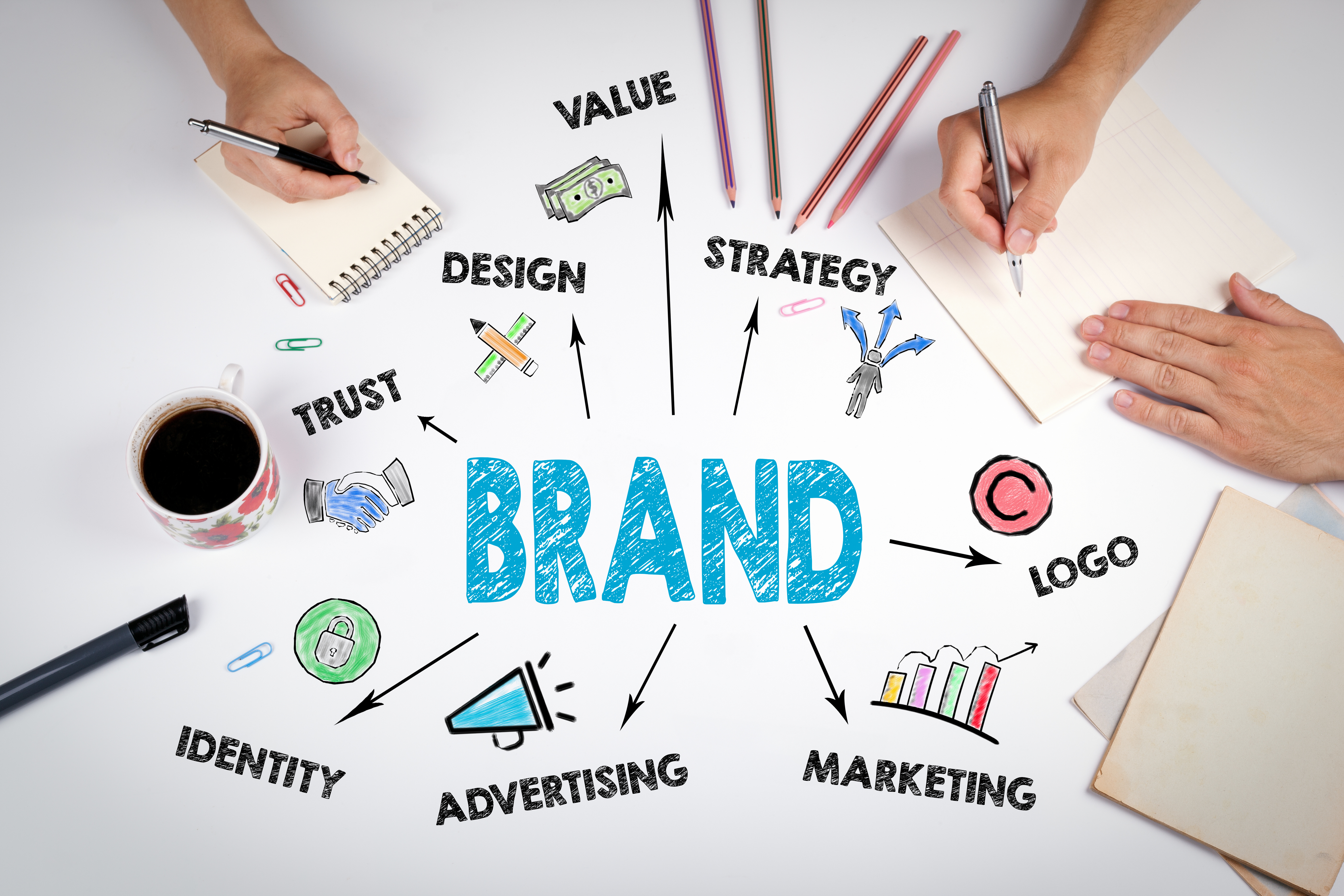
Agile Techniques for App/SaaS Ideation
Issues with Non-Agile Decision-Making
Souhail Afilal
Fri Oct 13 2023
Non-Agile decision-making poses several challenges. Traditional methodologies often resist change, making it difficult to adjust to evolving requirements or market shifts, resulting in products that might fall short of user expectations. These approaches tend to operate in prolonged cycles, leading to delays in product and feature rollouts. The lack of regular feedback loops can cause discrepancies between user needs and the actual product developed. Additionally, the absence of iterative development can lead to inefficient resource use, with investments directed at non-valuable project components. Furthermore, the inherent rigidity of non-Agile methods can hinder teams from revisiting and refining previous stages of development.
Recapping of Traditional Models Issues:

1. Resistance to Change
Traditional methodologies may struggle to adapt to changes in requirements or market dynamics, leading to products that may not meet users' needs or expectations.
2. Extended Timeframes
Non-Agile approaches often work in lengthy cycles, causing delays in delivering products and features.
3. Limited Feedback Loops
Absence of frequent feedback can lead to a mismatch between the developed product and the users' actual requirements.

4. Resource Inefficiencies
Without iterative development and feedback, there might be a waste of resources on features or aspects of the project that aren't valuable.
5. Rigidity

Non-Agile methods often have strict phases, which can prevent teams from revisiting previous stages for improvements or refinements.
Agile Paradigms in SaaS Conceptualization and Implementation**
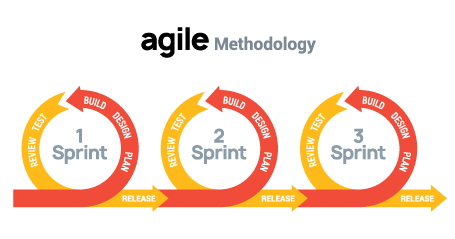
The Agile Approach to SaaS Brainstorming
When viewing SaaS ideation through Agile lenses, one can immediately discern the transformative advantages it offers over traditional ideation and project management methodologies. Firstly, Agile promotes iterative refinement, allowing SaaS models to evolve in stages, ensuring they are always in sync with market demands. This continuous evolution eliminates the static nature of conventional methods. Additionally, Agile fosters innovation by encouraging the fusion of successful strategies from diverse sectors, ensuring amplified outcomes. Rather than a singular focus, Agile champions the creation of efficient revenue channels, diversifying sources while emphasizing effortless maintenance, leading to a more resilient financial structure. Most notably, by advocating for dynamic MVP launches, Agile ensures products are not only market-ready but also primed for tweaks and adjustments based on real-world feedback. This ensures a trajectory of progressive growth, a stark contrast to the one-off launches seen in traditional methodologies.
Recapping Agile Approach Benefits:
- Iterative Evolution: Harness existing SaaS models and refine them iteratively, ensuring they're primed for the market.
- Cross-Industry Synergy: Take proven methodologies from one sector and innovate in another, multiplying their impact.
- Revenue Stream Optimization: Create diverse, low-maintenance revenue sources, prioritizing efficiency.
- Lean MVP Development: Launch Minimum Viable Products that can adapt based on real-world feedback, emphasizing sustainable growth.
Core Agile Foundations Explained
When diving into the core foundations of Agile, it's imperative to understand a few central concepts that drive the methodology. Firstly, there's the "User Story," often considered the heartbeat of the concept. It imagines potential functionalities or features, consistently undergoing refinement and prioritization, with particularly outstanding user stories being subject to even further fine-tuning. Next, we have the "Product Backlog," which can be thought of as the project's roadmap. This backlog is a dynamic compilation of actionable user stories, features, and overarching epics. Essential to its effectiveness is the continuous grooming of this backlog, ensuring it evolves in response to feedback from end-users, ongoing product evaluations, and market trends. Finally, in the Agile world, there's the "Epic," the beacon of creativity and innovation. These are grand, transformative ideas which, through iterative processes, are honed to ensure they deliver the utmost value.
Summarizing Essential Agile Principles:
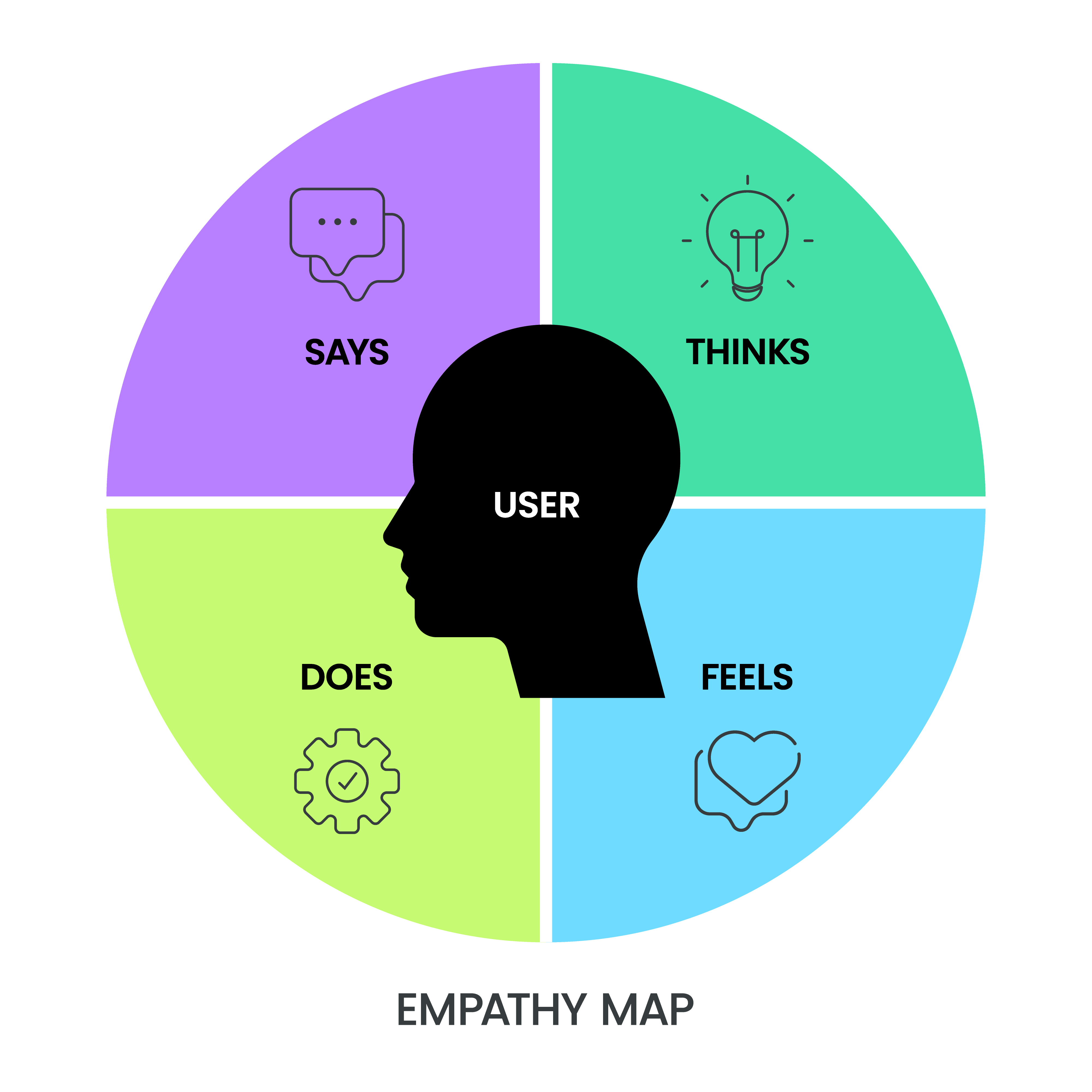
User Story (Concept's Heartbeat)
- Imagines potential functionalities or features.
- Undergoes continuous refinement and prioritization.
- Stellar user stories may undergo further fine-tuning.
People have a lot to say about the syntax. Who cares. Do it your way; the way it make sense to your team and partners.
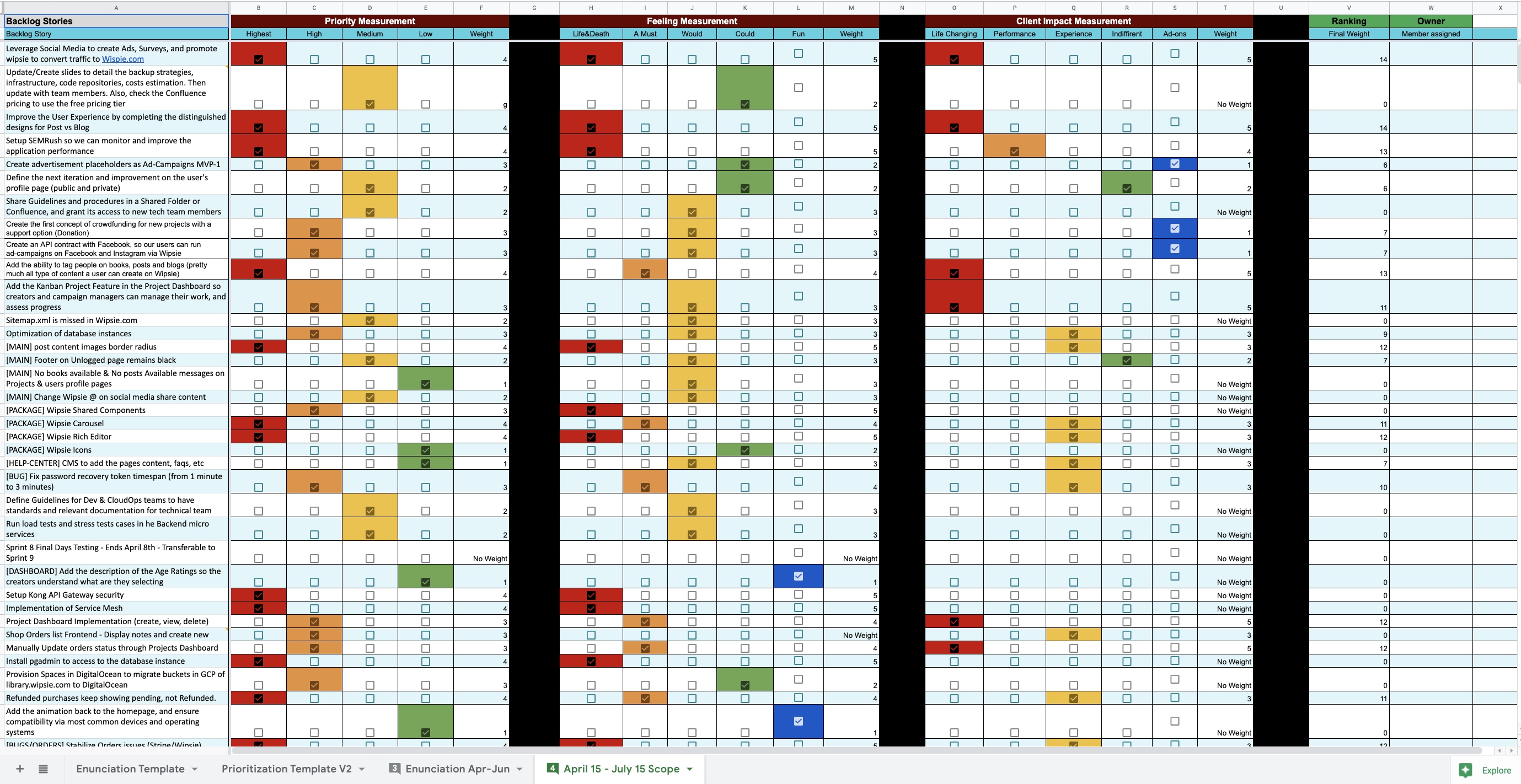
Product Backlog (Project Map)
- An evolving set of actionable user stories, features, and epics.
- Backlog grooming and adapting alongside end-user feedback, product evaluations and market shifts.
Epic (Lighthouse of Ingenuity)
- Represents grand, transformative ideas.
- Iteratively refined to amplify its maximize delivered value.
Micro-SaaS: Agile Essentials
It's fundamental to always prioritize the most essential features, ensuring that the core value proposition remains clear and impactful. Simplicity is the key; developers often employ the KISS (Keep It Simple, Stupid) approach to avoid overcomplicating processes or designs. Alongside this, there's a strong emphasis on revenue-focused strategies, ensuring that the SaaS product is not just functional but also commercially viable. While simplicity is pursued, complexity is actively avoided, with a goal to achieve elegance in simplicity. Operational efficiency is of the essence, and tools like Continuous Integration and Continuous Deployment (CI/CD) play a vital role in ensuring deployments are consistent, efficient, and regular. Lastly, it's not about integrating everything but about integrating with a focus on distinctive value, ensuring every integration augments the product's overall offering.
Highlighting Key Agile Tenets:
- Prioritize essential features.
- Maintain simplicity with the e.g. KISS approach.
- Prioritize revenue-focused strategies.
- Shun complexity, strive for refined simplicity.
- Establish CI/CD to maintain a consistent, efficient and regular deployment.
- Focus on distinctive value in all integrations.
Guiding Agile Principles

Agile project management promotes some foundational principles that guide an effective product development. It begins with laying the groundwork for grand visions, often initiated with what's known as "Sprint Zero". From here, a cyclical approach is adopted, where teams are encouraged to "Learn, Measure, Build, analyze, and adapt," ensuring a continuous feedback loop and iterative improvement. Furthermore, decisions are grounded in evidence, steering teams with data-driven insights. The journey doesn't just stop at navigation; there's a drive that's powered by actionable insights, and the ultimate achievements are a testament to the collective experience of the team.
Outlining Fundamental Agile Directives:
- Start big dreams with "Sprint Zero".
- Follow the cycle: "Learn, Measure, Build, analyze, adapt."Navigate with evidence-based insights, Drive with actionable insights; achieve with collective experience.
Navigating the Agile Workflows
An effective navigation of workflows requires a proactive approach to anticipate and tackle sprint challenges. It's vital to foster an environment rooted in problem-solving, where Scrum is embraced with a solutions-first mindset. Adopting the Kaizen ethos, it's more productive to laud continual growth than to merely highlight mistakes. By remaining updated with the latest industry trends and best practices, and leveraging tools like the SWOT analysis, one can gain a competitive edge and harness strategic foresight. And, as a cardinal rule, never forget that complacency is the antithesis of innovation. Here's what you need to consider:
- Predict and address sprint challenges proactively.
- Cultivate a problem-solving, solutions-first Scrum environment.
- Embrace Kaizen ethos: Celebrate ongoing growth rather than pinpointing faults.
- Stay on top of industry trends and best practices.
- Leverage SWOT analysis for competitor edge and strategic foresight.
- Remember: Complacency halts innovation.
Agile Sprint Mastery
Achieving excellence in Agile sprints is anchored in adhering to core principles that drive project achievements. This journey commences with an unwavering dedication to fulfilling sprint commitments, ensuring each task is tackled meticulously. Continually connecting with stakeholders and partners is pivotal, as their feedback enhances the depth and direction of the project. Transparent release planning is essential for maintaining team cohesion, and fostering a learning environment alongside cultivating varied skill sets prepares teams for an array of challenges. The significance of post-sprint retrospectives cannot be understated; they must be approached as moments of reflection, not mere afterthoughts. It's crucial to view challenges not as barriers but as veiled opportunities that inspire innovation. Ultimately, the quest is continuous improvement, recognizing that the essence of perfection is an ongoing process rather than a finite goal. Embrace these principles to navigate the Agile landscape effectively:
- Honor sprint obligations.
- Engage with stakeholders and partners for enriched perspectives.
- Design a transparent release planning.
- Encourage multifaceted skill development within teams.
- Consider post-sprint retrospectives as inviolable; always be ready for introspection
- Treat obstacles as just disguised opportunities.
- Strive for consistent improvement; perfection is an ongoing quest.
Agile Techniques for SaaS Ideation:
Navigating Agile techniques for SaaS ideation involves a thoughtful amalgamation of methods. The essence of "Refinement through Deconstruction" lies in dissecting software components to enhance each module's value. Leveraging "Unified Innovation" taps into the strength of collaborative teams, yielding distinctive solutions. Agile frameworks also prioritize "Adaptability and Relevance," emphasizing bespoke solutions for diverse needs. With a "User-First Integration" perspective, the focus shifts to addressing user experience discrepancies and championing intuitive designs. A deep-rooted sense of "Solutions Rooted in Empathy" promotes proactive user engagement to grasp shared challenges. Engaging with the broader Agile community is paramount, fostering genuine interactions and feedback. Lastly, "Tactical Competitor Review" propels the crafting of superior products, keeping an eagle eye on competitor gaps. These collective techniques are pivotal for a user-centric SaaS ideation strategy.
Refinement through Deconstruction:
- Break down software components.
- Streamline and excel in a single module.
- Ensure it provides unparalleled value.
Unified Innovation:
- Promote inter-team collaboration.
- Varied teams lead to unique, comprehensive solutions.
- Adaptability and Relevance:
- Tailor solutions from specialized to universal scales.
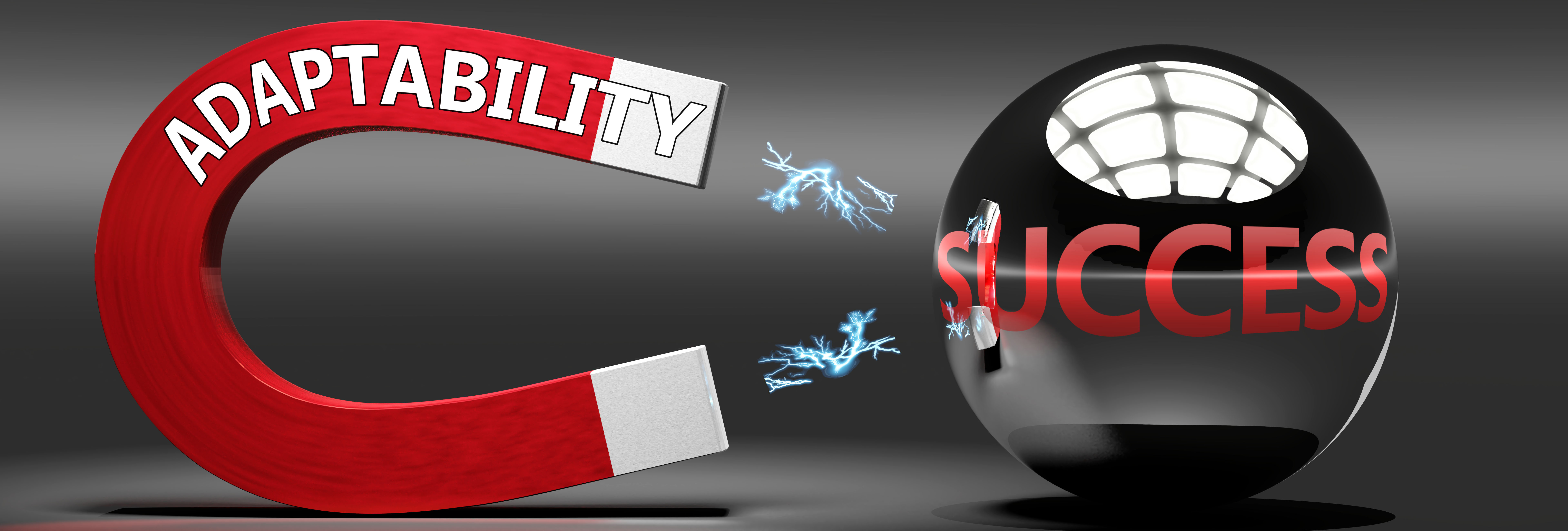
User-First Integration:
- Identify and bridge UX gaps.
- Uphold a user-friendly design perspective.
Solutions Rooted in Empathy
- - Engage users to recognize mutual obstacles.
- - Immerse into user profiles before solution crafting.
Engagement with the Agile Community:
- Encourage active involvement in Agile discussions.
- Prioritize active listening, genuine communication and feedback.
Tactical Competitor Review:
- Craft superior versions of rival products.
- Engage in sprint-based feature comparisons and integrations.
- Identify overlooked user needs and address them for differentiation and to unmet user requirements.
Post-Sprint Strategies: Optimizing the Backlog & Process
In the aftermath of an Agile sprint, optimizing the backlog is imperative for continuous improvement and alignment. One should utilize Agile tools adeptly to delineate priorities with precision. It's essential to make adjustments based on the insights garnered from post-sprint evaluations. A holistic assessment can be achieved by considering factors such as ROI, technical debt, feedback from users, and prevailing market demand. Teams should perpetually strive to maintain their product in a state primed for release. Moreover, there's a profound emphasis on nurturing T-shaped skillsets within the team; such breadth and depth in expertise pave the way for heightened cross-functionality and adaptability.
- Utilize Agile Tools:
- Employ various Agile methodologies and instruments to establish unambiguous priorities, ensuring clarity in project direction.
- Iterative Improvements:
- Continuously make modifications and refinements in response to learnings and outcomes gathered from post-sprint evaluations.
- Multifaceted Evaluation - Analyze the effectiveness of sprints by considering:
- Return on Investment (ROI) to measure profitability,
- Technical debts to ensure long-term project viability,
- Direct feedback from users to gauge satisfaction, and
- Market demands to align with current trends and requirements.
Maintain Release Preparedness
- Guarantee that at any given point, the product or solution remains in a state that's ready to be launched to the audience.
Encourage T-shaped Expertise - Promote the development of T-shaped skillsets in the team, which entails:
- Deep expertise in one specific area (vertical of the T),
- Coupled with a broad understanding across various domains (horizontal bar of the T), to foster adaptability and a multidisciplinary approach.
Reflection and Feedback - Actively engage in post-sprint retrospection by:
- Evaluating both the tangible results, such as task completions, and intangible aspects like team sentiment, to identify strengths and areas of improvement.
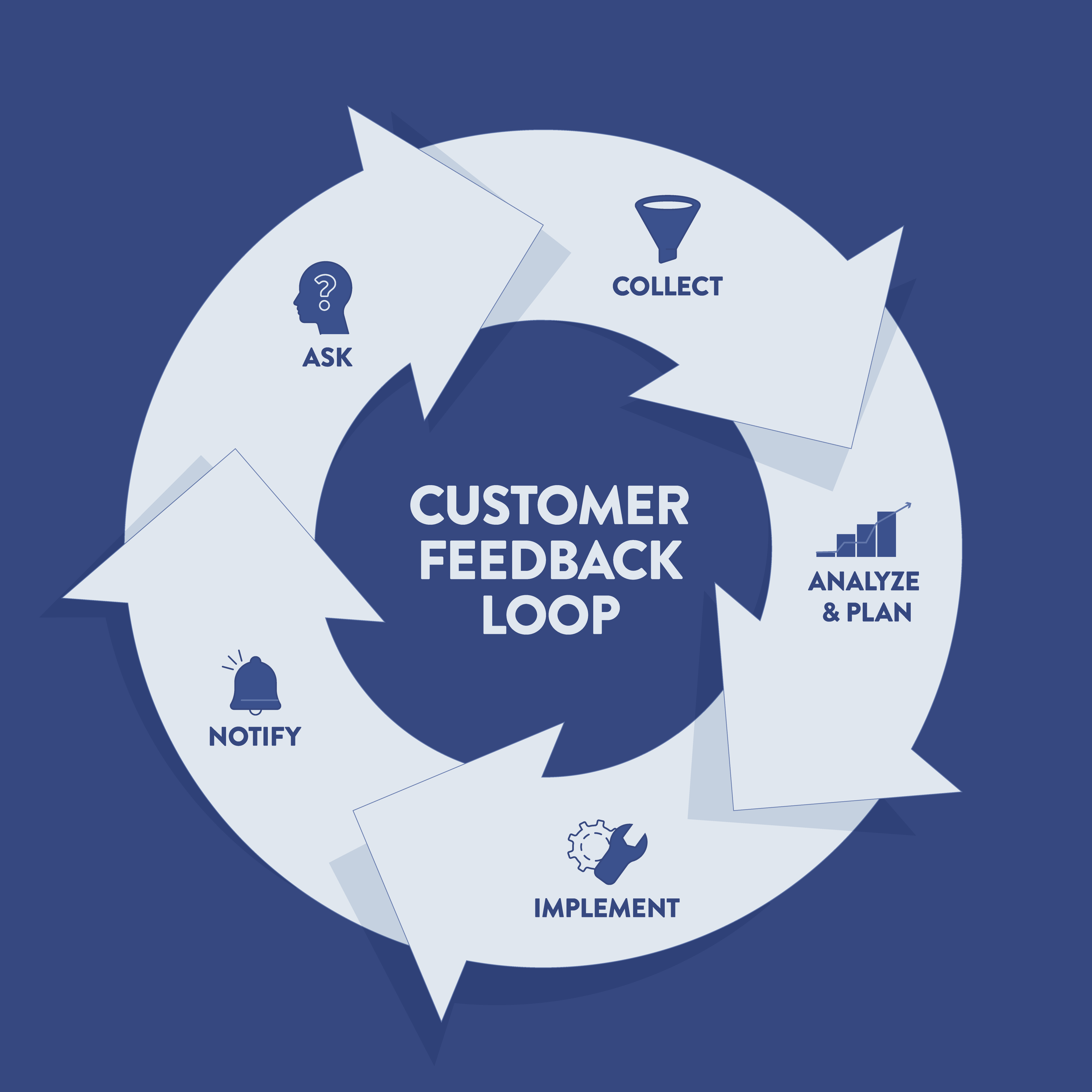
Actionable Insights - Transform the learnings from the reflection stage into:
- Clear strategies by recognizing primary challenges, brainstorming potential resolutions, and determining specific action points for the upcoming sprints.
Commitment to Growth - Adopt a growth-centric mindset by:
- Assigning clear ownership of action items, assessing the impact of past retrospective decisions, and continually refining both the retrospective and overall project processes for optimal results.
Final Thoughts

Harnessing the power and flexibility of Agile methodologies in the realm of SaaS design and development is more than just a strategic move; it's a commitment to excellence. By doing so, organizations not only ensure that they deliver top-notch products but also position themselves for sustained growth and innovation. In the rapidly evolving digital landscape, where change is the only constant, adopting such a proactive and adaptable approach is pivotal. It signifies a dedication to staying ahead of the curve, anticipating market shifts, and consistently meeting user needs. In essence, embracing Agile in SaaS development is about forging a path of resilience, excellence, and unyielding progress in the digital age.
Tags: Agile, Project Management, Product Management
Make it Happen
CONTACT US
Select a service category:
SEO
Branding & Design
Web & Mobile Apps
Like they say, the Development is in the Details
Tell us how we can keep in touch:
By submitting this form, you consent to DumbOldSpider LLC reaching out to you.
DumbOldSpider LLC | Copyright © 2024 | All rights reserved

